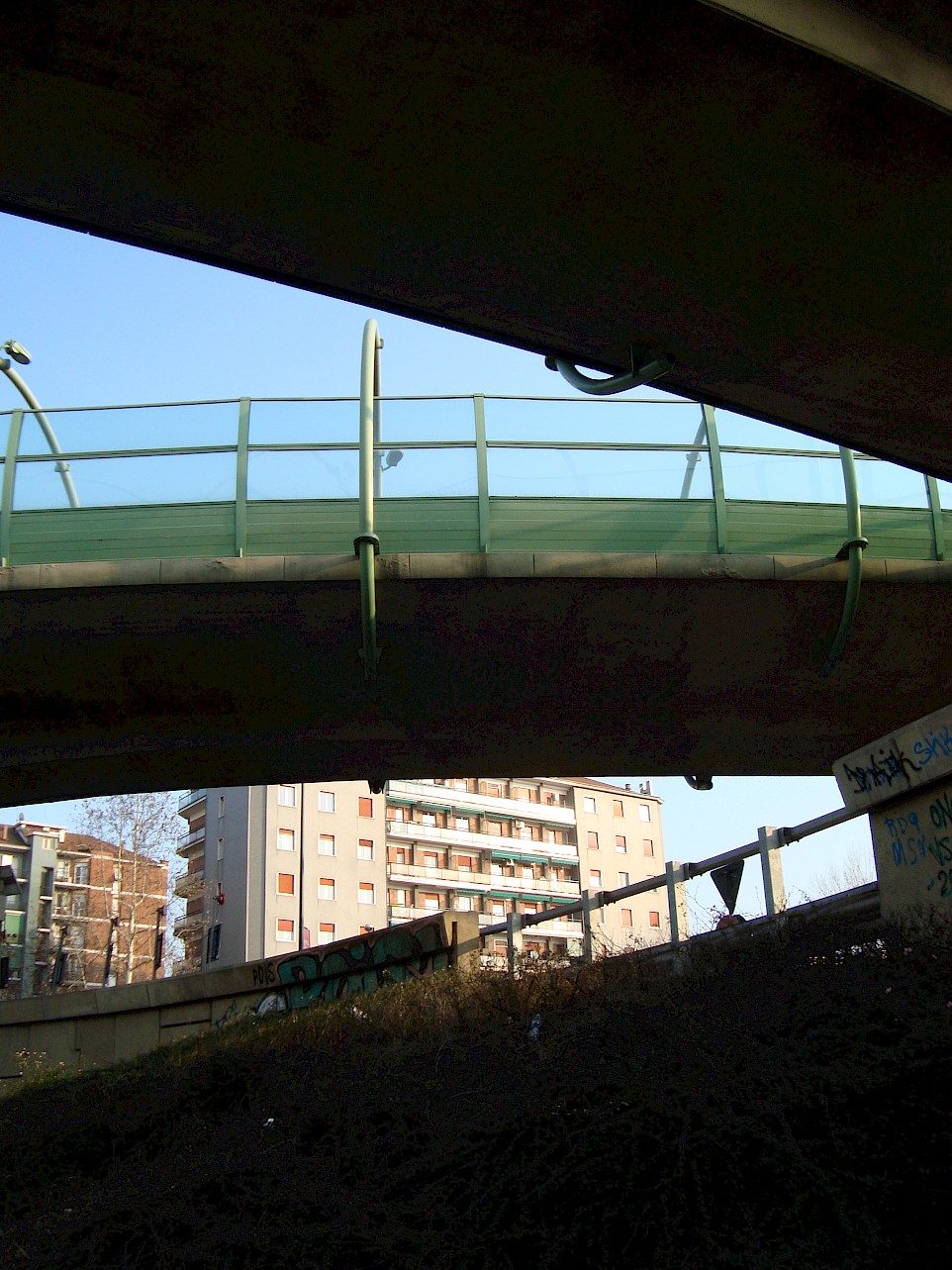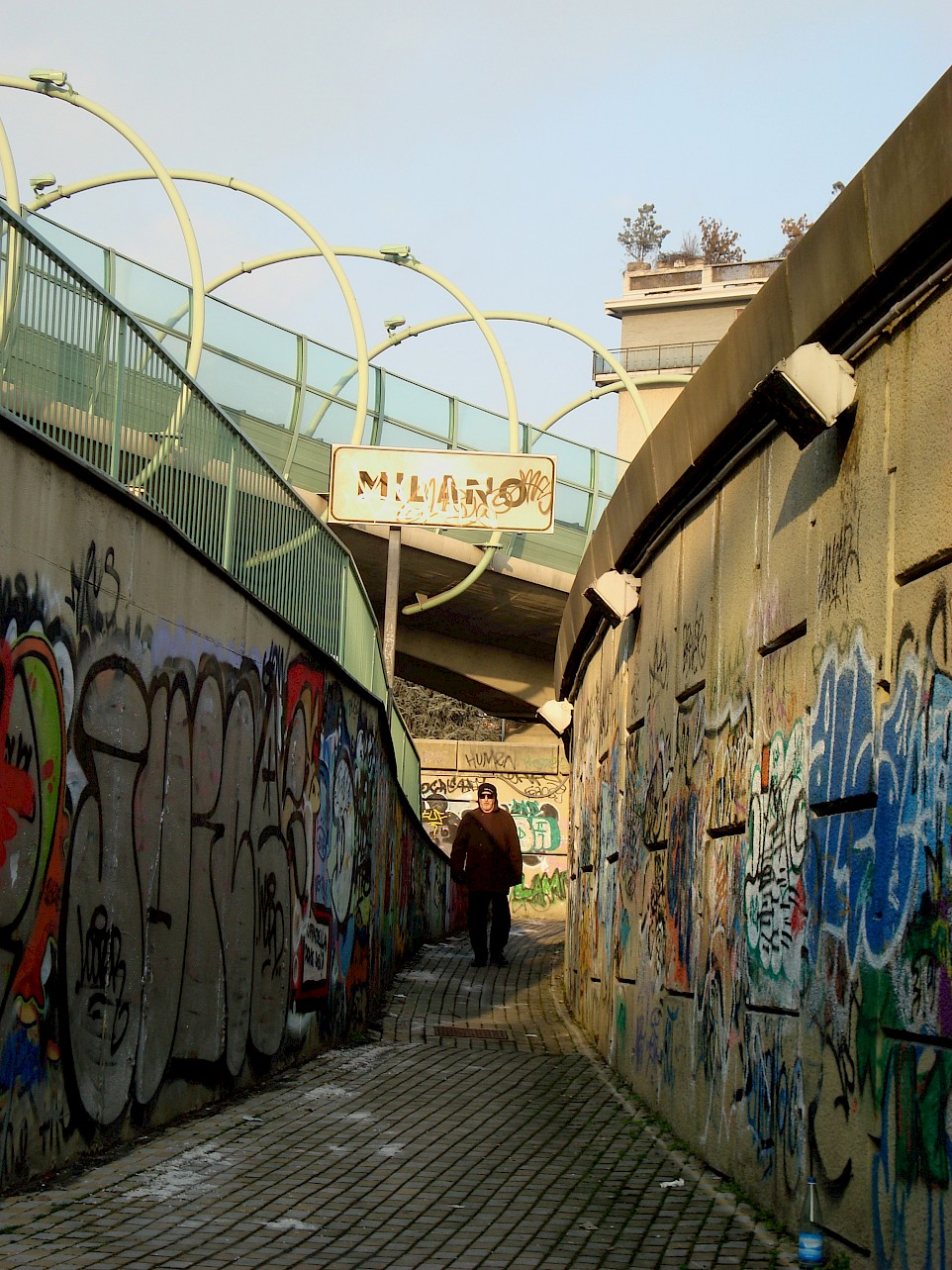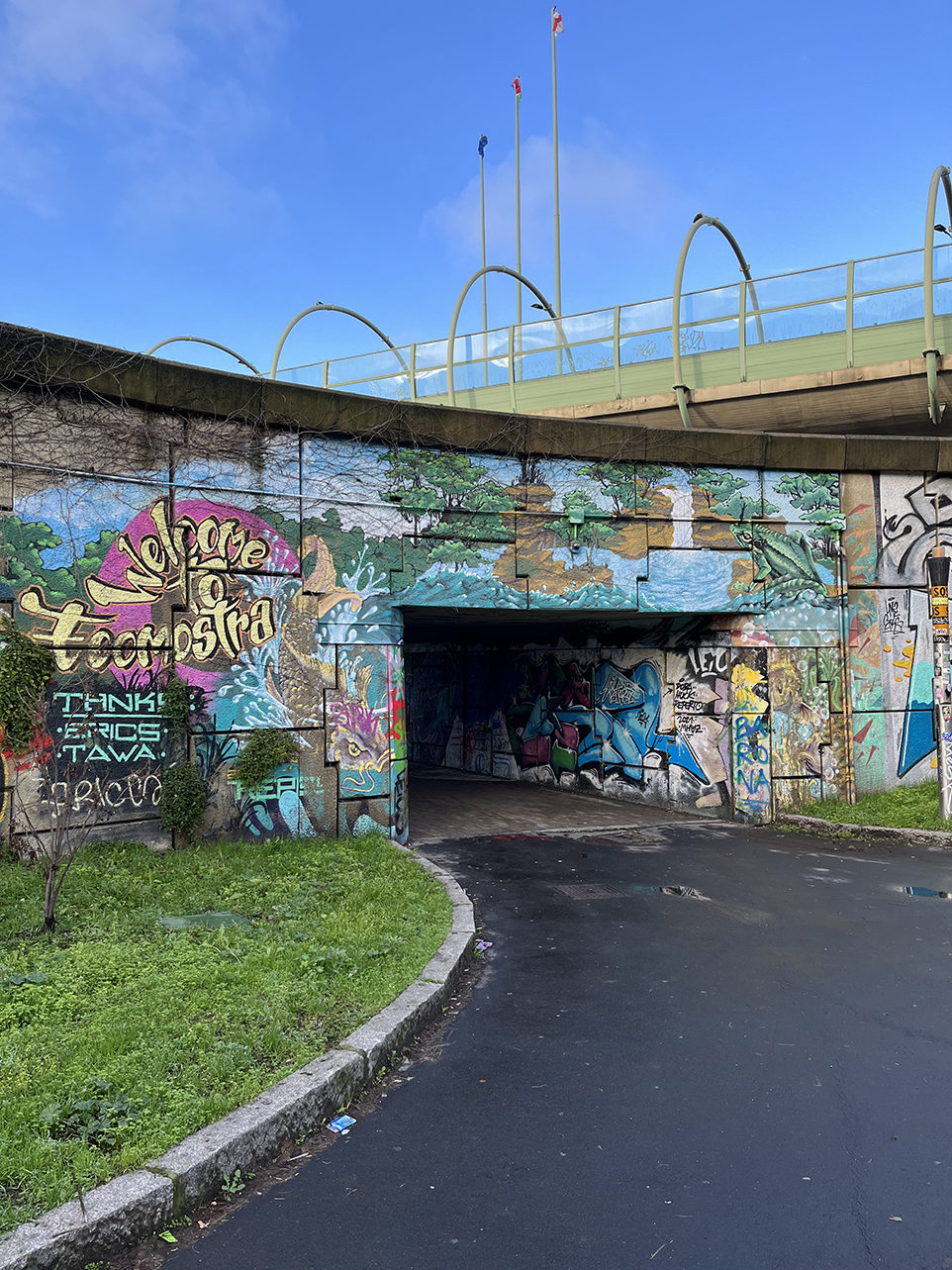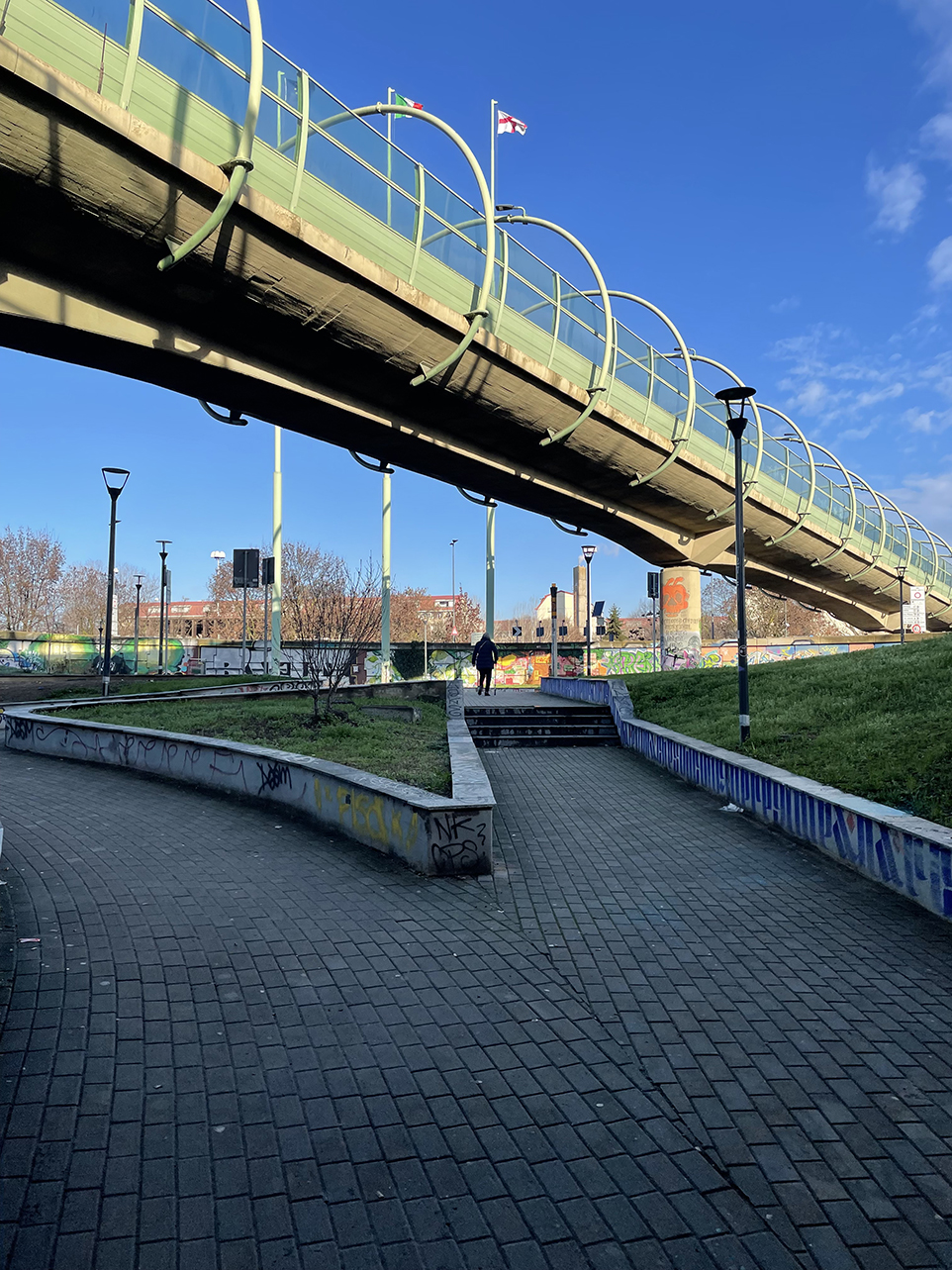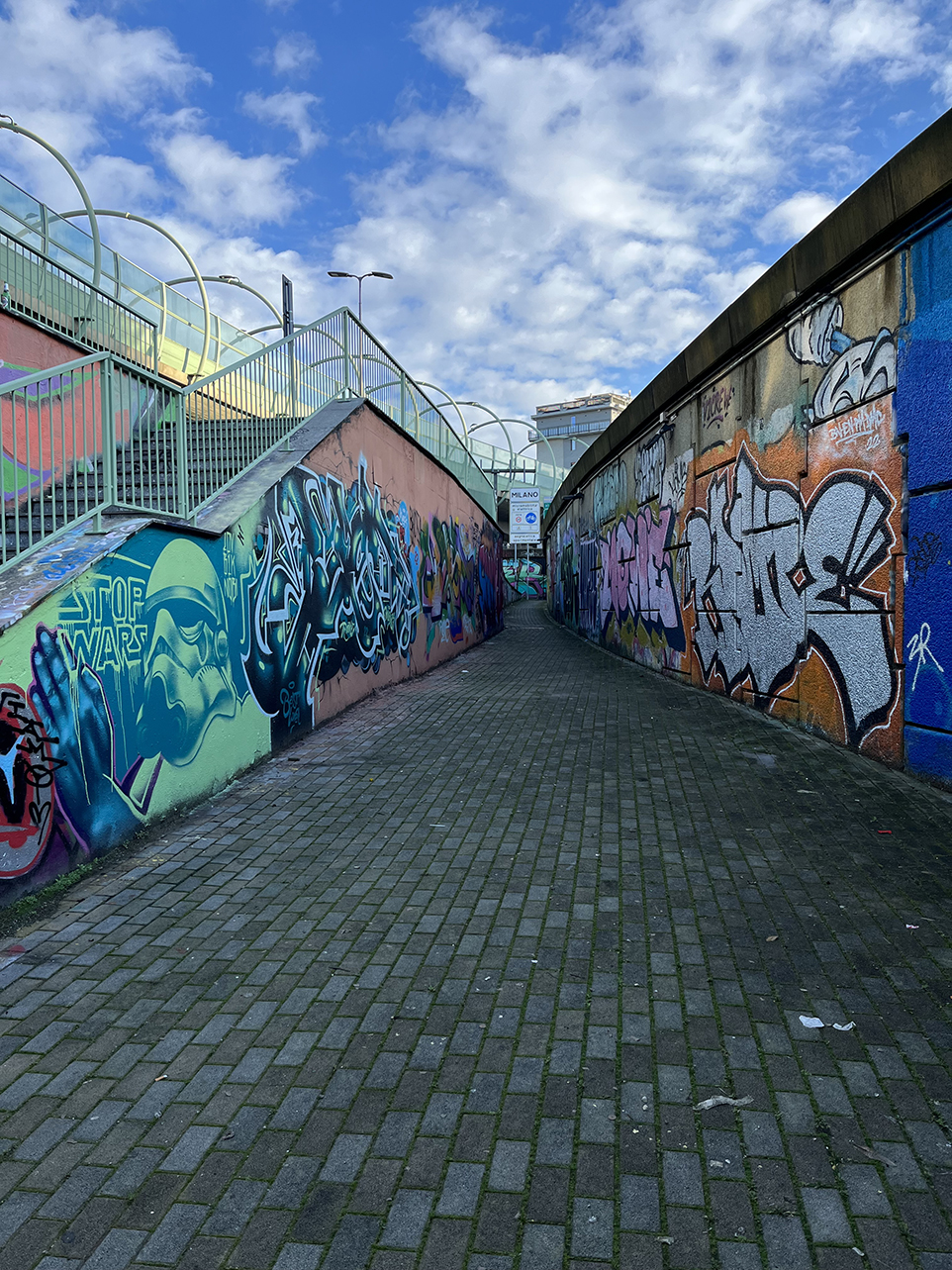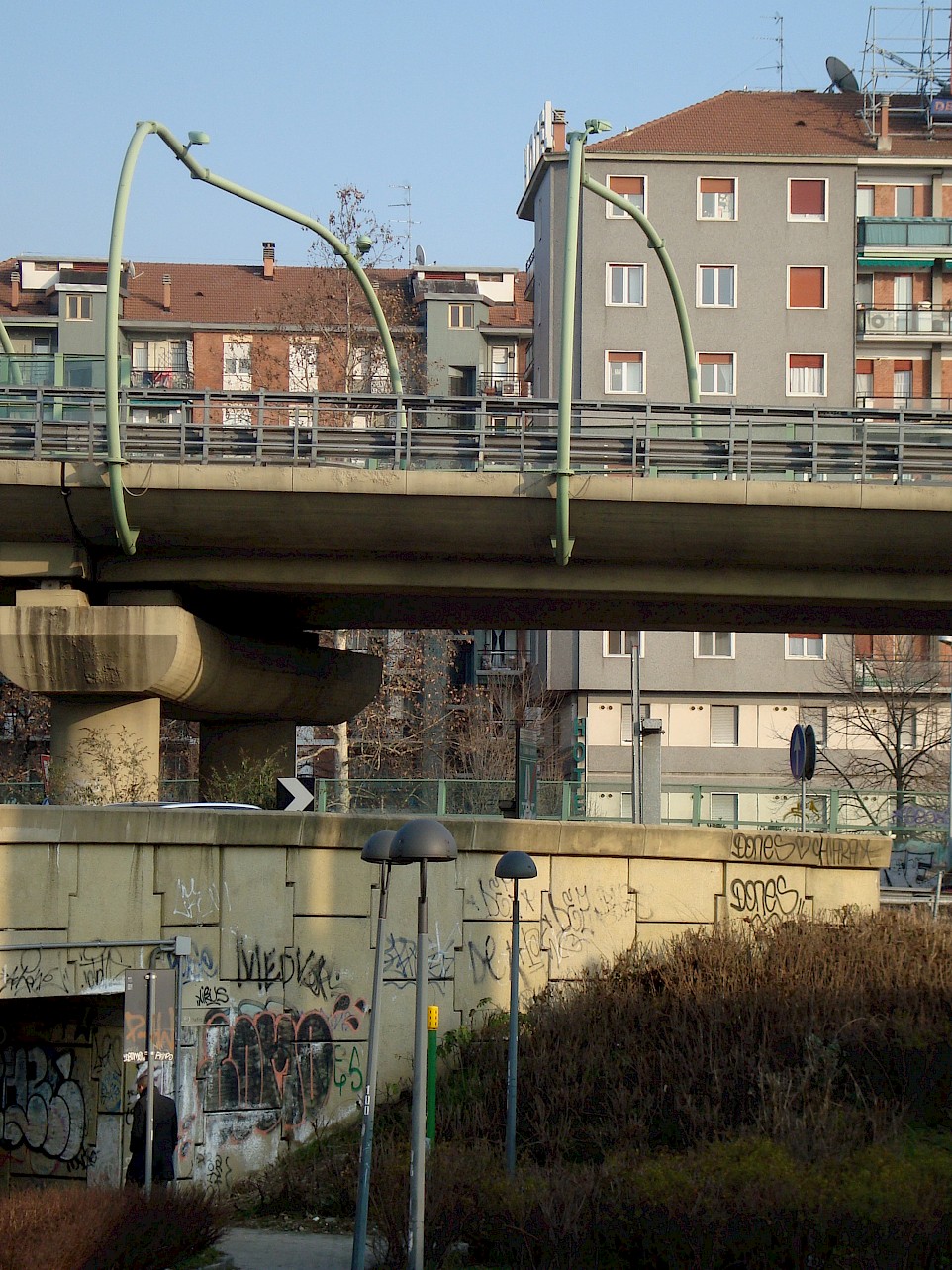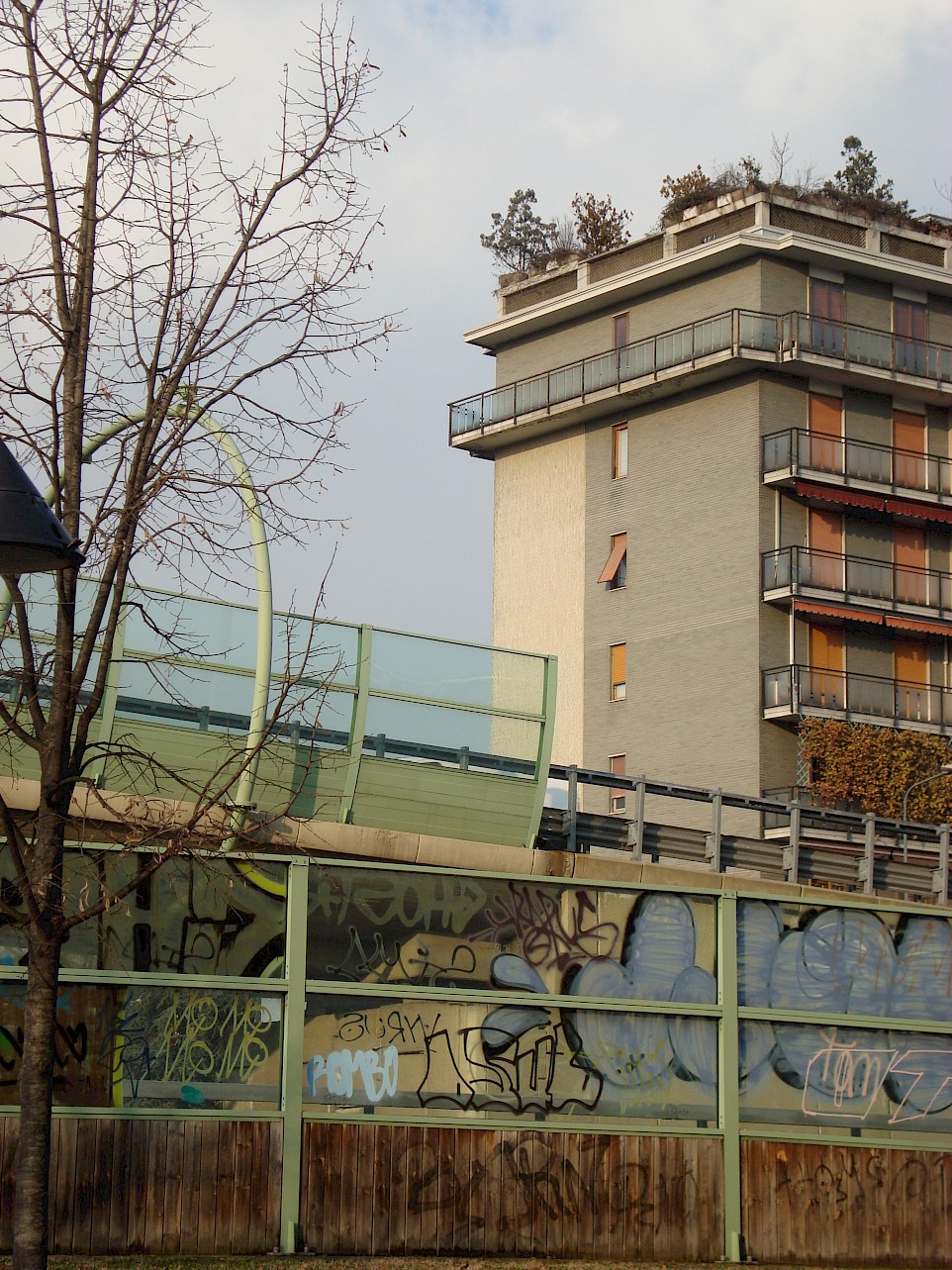A Monster in the City
Milan
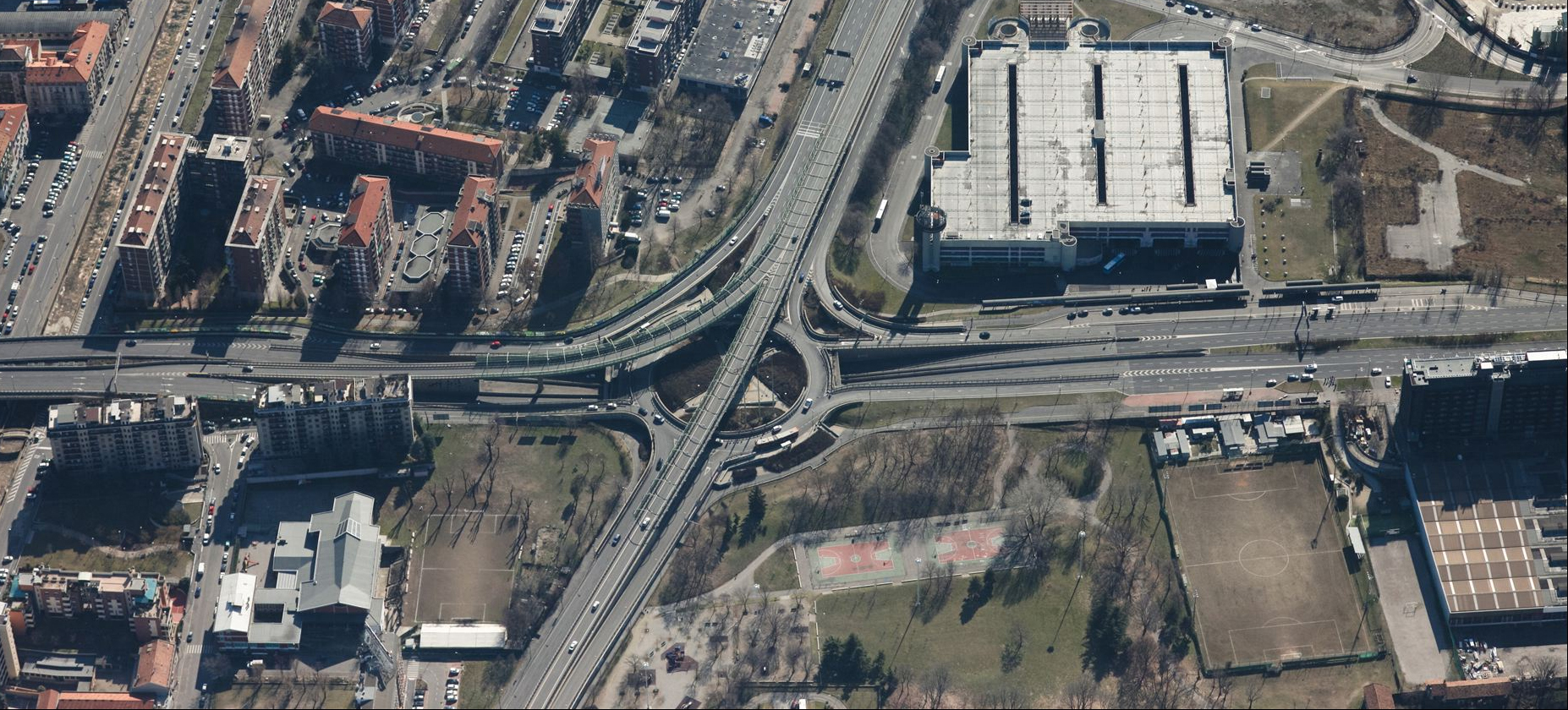
It is 7 a.m. on an August morning. An empty Milan wakes up to the sound of chainsaws which in Piazza Maggi, to the south of the city, begin cutting down the trees that have populated the area for over thirty years. The plan entails the elimination of over 70 forest trees and shrubs to make space for the worksite which in two years should radically change the face of the junction.
In this regard, the plan certainly achieved its goal: in 2001 citizens, politicians and local associations took to the streets to create human chains around the trees to stop them from being cut down but now it seems like decades have passed since that August, so much so that few can remember what the piazza looked like before the work championed by the Albertini Council and, in reality, actually approved back in 1999.
As stated by the planners and local council, the project promised to create a junction on three different levels which, thanks to soundproofed underpasses and flyovers, would have ensured the smooth flow of traffic along the Famagosta-Cermenate road and heading towards the A7 motorway that goes to Genoa.
In reality, over the years the approval process of the project, conceived as part of the construction of the ‘Gronda Sud’ and the work to streamline access to the south of the city, has been anything but linear. The principle of transforming the urban nature of the road network into a series of express connections, in line with the parameters of the nearby motorway infrastructure, actually dates to the mid-1990’s with the approval of the highway that runs between Piazza Maggi and Piazza Kennedy.
Location
Milan
Client
A Monster in the City
PROJECT HIGHLIGHTS
- Authors: Federico Parolotto, Francesca Arcuri
- July 2013
Project gallery
Our contribution
Over the next four years the construction of a new 3-level junction in Piazza Maggi was approved.
The local community and civil society reacted immediately with the Piazza Maggi – Gronda Sud committee set up in 1999 rejecting the project and requesting that it be withdrawn. Their reasons for rejecting the project were mainly connected with the impact that the work would have on living conditions in the surrounding neighbourhoods and the fact that the local communities were not involved in defining the planning proposal.
One month later, in December of the same year, the committee lodged an appeal against the Restructuring Project for the Piazza Maggi road junction with the Regional Administrative Court of Lombardy. As well as outlining some flaws in the design, the motion also called for minor, less invasive measures that would not change the face of the area and, as well as being more economical, would maintain the correct relationship between public and private transport.
The protests continued throughout 2000 and for a part of 2001: marches and demonstrations brought hundreds of people into the streets but they found themselves up against a political machine convinced of its actions and – at this point on the verge of beginning work – less willing to enter into dialogue.
...
DOWNLOAD THE FILE TO READ MORE
